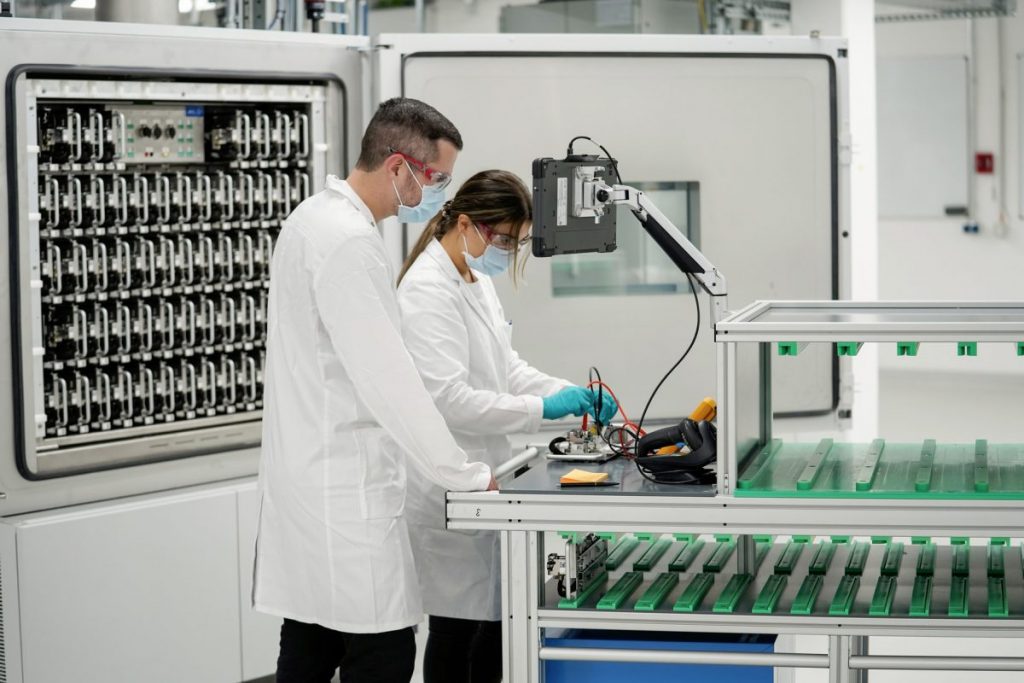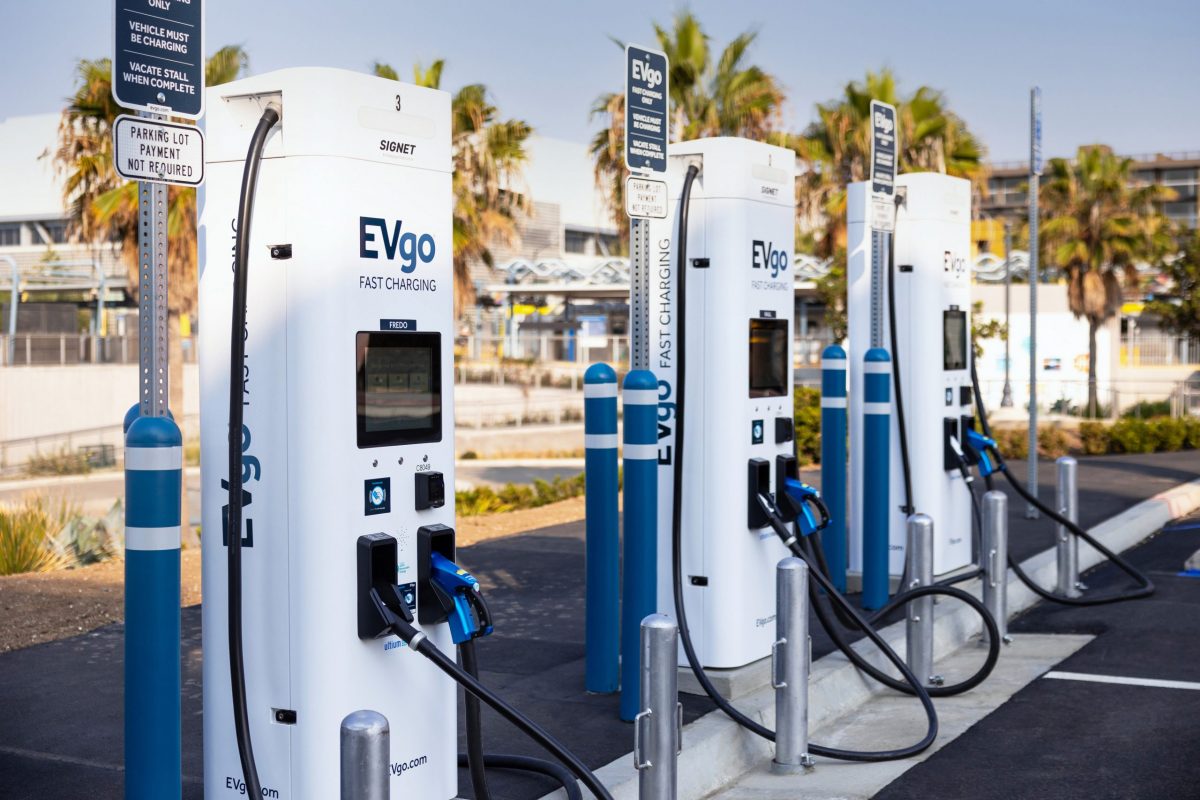To speed up widespread electric vehicle (EV) adoption, manufacturers are investing heavily in R&D , and battery development is at the heart of it. Lithium-ion (Li-ion) batteries have proven invaluable in EV development, but they carry with them potential safety hazards which must be managed. These include electric shock, arc flash burn, heatwave/fire burns and explosion, which could include shrapnel and hot molten metal. Some of those are linked to the energy requirements to power EVs, which demand the use of high voltage/high-capacity battery packs. It is therefore essential that people working with and using high voltage systems are aware of the potential dangers and protective measures. As the global demand for innovation in EVs increases, so will the need for qualified testing of batteries and education about their use and care.
Global regulation
The World Forum for the Harmonization on Vehicles is responsible for harmonising global technical requirements and protocols for the homologation of all types of vehicles and components. R100 is a United Nations Economic Commission for Europe (UNECE) regulation that addresses the safety requirements specific to the electric powertrain of road vehicles, as well as high voltage components and systems. The second revision of R100 introduced significant changes in the overall type approval process for Rechargeable Energy Storage Systems such as EV batteries.

International standards organisations set the mandatory regulations, such as the Economic Commission for Europe (ECE) in the EU, with BSI setting national standards in the UK. Three key safety standards apply to battery requirements—UN38.3 for the safe transport of batteries, with BS EN IEC 62660-1/2/3 and ISO 12405-1/2/3 covering performance, abuse and safety requirements
Safety testing
Ensuring the safety and reliability of Li-ion batteries requires thorough and accurate testing. EUCAR (European Council for Automotive R&D) has developed a scale to define the level of danger associated with handling batteries for automotive applications. This methodology and risk profile can help define the test programme, which includes life cycle testing, environmental and durability testing, abuse testing, dynamic impact tests and transportation tests.
Battery safety and testing must be a key consideration, with the need for longer range, reduced charging times and minimised battery degradation driving innovative designs and developments
Safety tips for battery module and pack designs include the following: use physical partitions and fire breaks to minimise fire propagation; employ good thermal management; use pressure vents or relief mechanisms to safely deal with excessive pressures; utilise sensors and a battery management system to identify abnormal behaviours; use materials appropriate for foreseeable temperatures; use constructions with adequate mechanical strength appropriate for the real world.
There’s no doubt that EV battery technology has developed at pace but nonetheless the requirements of industry to deliver this transition effectively and on time demand significant effort from all involved. There are still major challenges faced by battery manufacturers, and by the entire EV industry, but there are countless innovation opportunities. Of course, battery safety and testing must be a key consideration, with the need for longer range, reduced charging times and minimised battery degradation driving innovative designs and developments. This will make EV battery specifications and compliance ever more critical.
The opinions expressed here are those of the author and do not necessarily reflect the positions of Automotive World Ltd.
Craig Ormerod is Senior Manager at TÜV SÜD, a global product testing and certification organisation
The Automotive World Comment column is open to automotive industry decision makers and influencers. If you would like to contribute a Comment article, please contact editorial@automotiveworld.com



